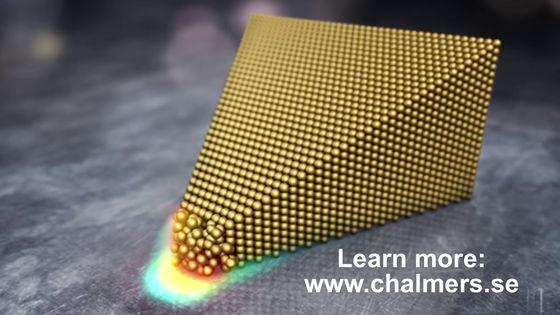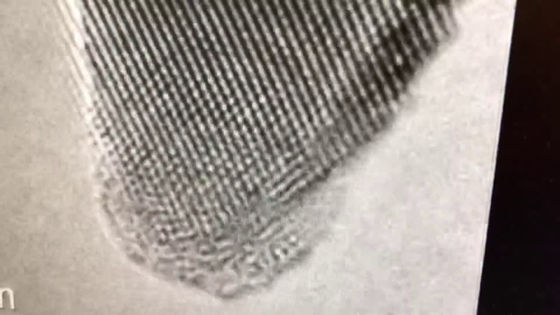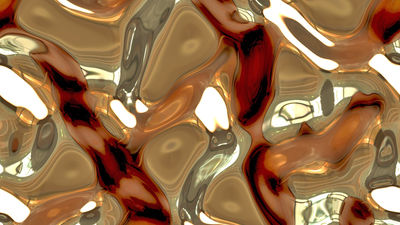'Gold' which should not melt at room temperature is easily found even at room temperature

by Jens Johnsson
The melting point of metal " gold " which is also used for accessories and industrial products, that is, the temperature at which gold changes from solid to liquid is "1064 degrees". It is gold which should not melt at room temperature, but researchers at the Chalmers Institute of Technology in Sweden have found a way to melt it at room temperature.
Phys. Rev. Materials 2, 085006 (2018) - Electric-field-controlled reversible order-disorder switching of a metal tip surface
https://journals.aps.org/prmaterials/abstract/10.1103/PhysRevMaterials.2.085006
Scientists Have Figured Out How to Melt Gold at Room Temperature | Digital Trends
https://www.digitaltrends.com/cool-tech/gold-melt-room-temperature/
A research team from Ludovig De Noeop et al. , A physicist at the Chalmers University of Technology found a way to dissolve gold at room temperature. A way to dissolve the gold discovered by the research team is to mold gold into a conical shape and add an electric field to it. When observing the surface using an electron microscope with the electric field applied to gold, it was confirmed that 2 to 3 atoms were melted from the surface of the gold.

Mr. Knoop said: "We have found that several atomic layers melt, gold atoms move a lot and we lose a regular structure.This discovery is a phenomenon that has not been found so far, so it is surprising It is also clear that it is possible to return the melted layer of the surface to a solid by removing the electric field, which is a very exciting discovery. "

In fact, observe the state that conical gold tip is melted by electron microscope.

Researchers used computational modeling to understand the mechanism by which gold can be melted at room temperature. As a result, it turns out that "melting has not come from an increase in temperature". Also, Michael Yuhani Kuzma, who engaged in research with Mr. Knoop, said, "By adding a high electric field to the conical gold, we were able to create a melted layer on the surface."
Although this discovery is interesting even at the basic science level, it seems to be a discovery that practical application is also possible. According to Professor Eva Olson of the Technical University of Chalmers, if it is possible to freely change the state of gold between a solid and a liquid like this discovery, it can be applied to new kinds of sensors, catalysts, noncontact components I can expect it.

by LEMUR
However, it does not mean that you can melt larger chunks by raising the electric field added to gold. Mr. Knoop says, "Even if the voltage used is 100 V, I think that it is impossible to dissolve large ones in this way because the necessary electric field will be about 25 billion V per meter." I will. Since it is necessary to add a strong electric field to dissolve gold, in experiments it seems that only melted apex of a conical shape with only a few nanometers wide.
You can watch the movie that Mr. Knoop briefly explains the mechanism for melting gold at room temperature from the following.
Watch how gold melts at room temperature - YouTube
Related Posts:







